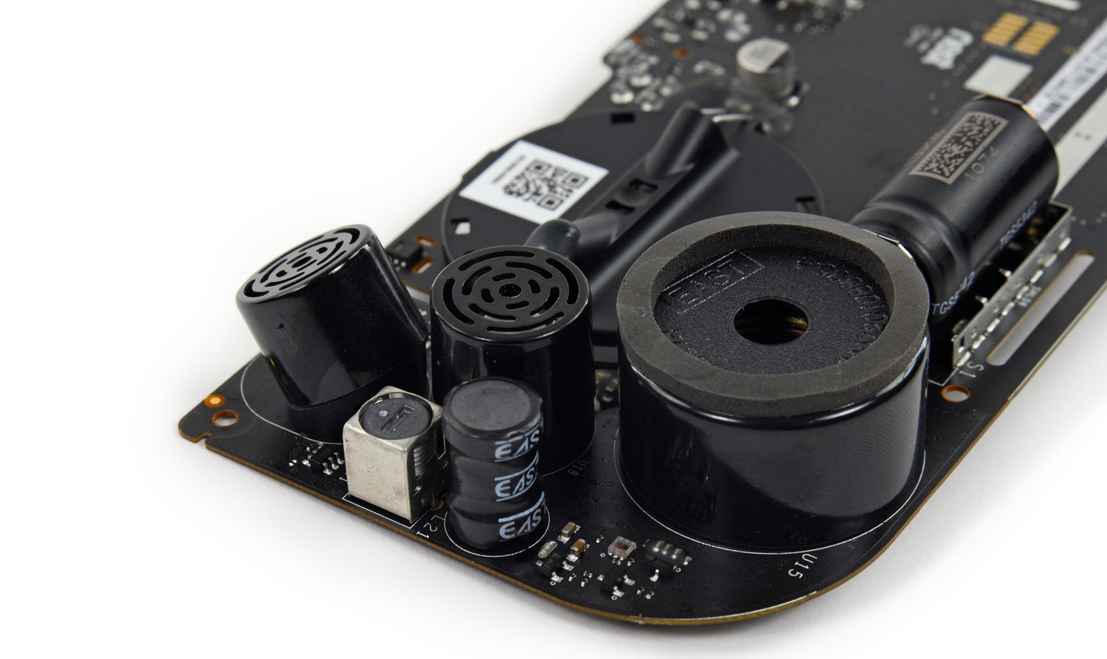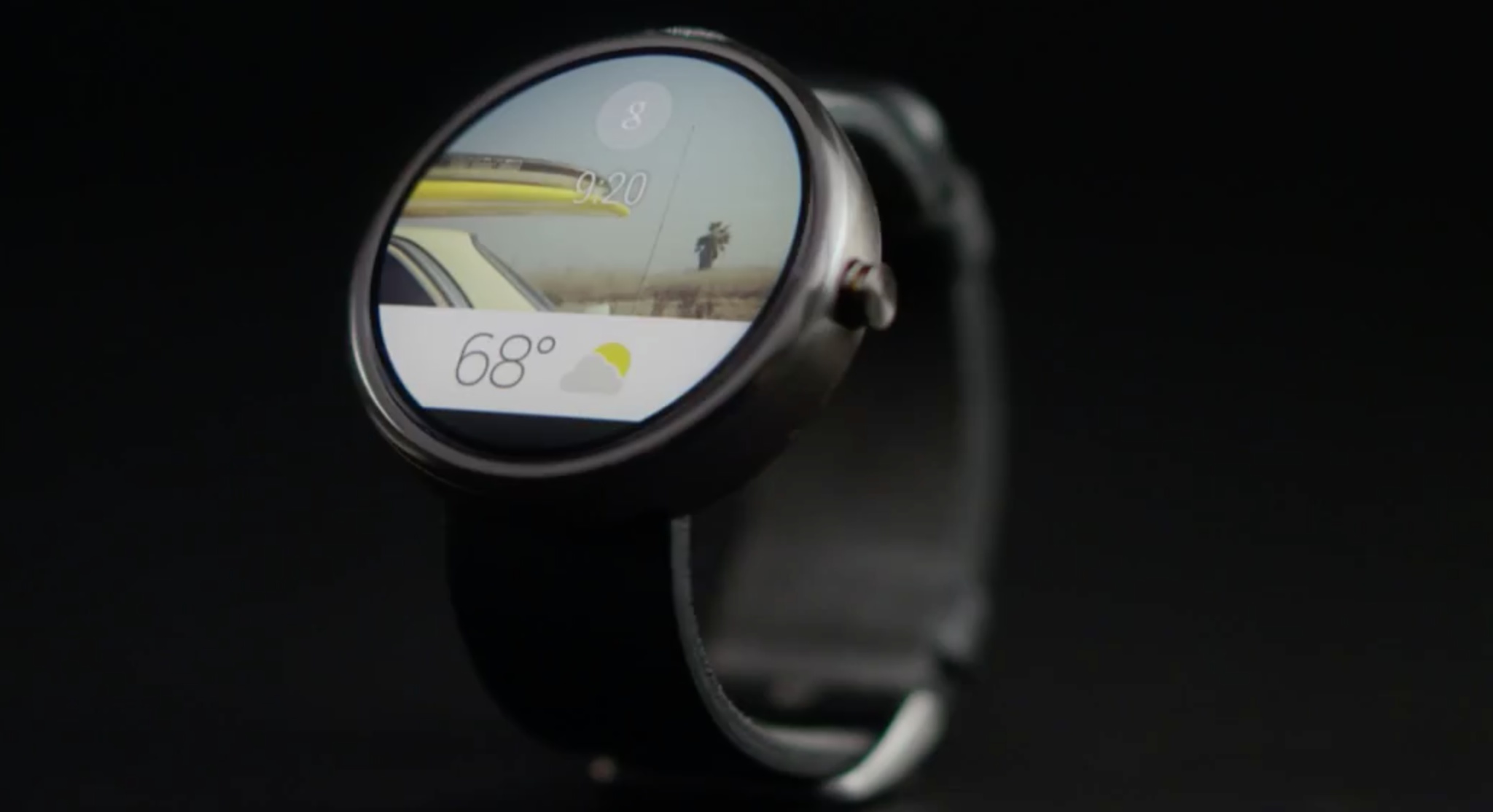The big news from Nest today is that Protect is back on the shelves. But lost in the shuffle is a more interesting tidbit from the company: its first report on data culled from the alarms of hundreds of thousands of users. It’s a glimpse at how Nest (and Google) can use their army of home-based smart hardware for the better — and at just how much they could know about you some day.
The report is all about carbon monoxide, a seemingly rare killer that’s actually the lead cause of poisoning deaths in America. Until now, it’s been hard for the government and safety experts to estimate how often CO leaks happen, because these events are self-reported by homeowners (who usually don’t report them). But using data culled from its army of Protects — anonymised, of course, to protect user privacy — Nest has revealed something surprising: CO events aren’t all that rare. In fact, 0.65 per cent of users experienced a carbon monoxide event during the five months that Nest analysed.
Now, that doesn’t seem like very much; it’s less than one per cent. But overall, Nest estimates that about 0.9 per cent of households are exposed to high CO, which translates into 1.4 million households in the US, Canada and the UK. “Nest Protect’s built-in sensors provide the ability to detect additional pieces of environmental data, run algorithms to determine the level of danger, and report that data in real time to further enhance our understanding of these events,” explains the company.
At the very least the results of the mini-study should compel anyone who doesn’t have a CO alarm to get one, Nest or otherwise. But it’s even more interesting to ponder what else Nest can glean from its already-installed network of hundreds of thousands of devices.
The Smart Home’s Trojan Horse
Consider that each Protect is packed full of sensors, some of which are capable of much more than they’re doing right now: From heat and light sensors to motion sensors and ultrasonic wave sensors.

The Protect’s sensor array. Picture: iFixit
.
This simple little device could scrape an incredible amount of data about your life if Nest asked it to: From when you get home, to when you go to bed, to your daily routine, to when you cook dinner.
Now imagine how a device like that would interlock with another that you keep on your wrist, like the forthcoming Android Wear. Together, they would create a seamless mesh of connectivity where every detail of what you do and where you go is recorded into a living, breathing algorithm based on your life.

Now, keep in mind: Nest CEO Tony Fadell has said that the company’s privacy policy won’t be affected by its acquisition by Google, at least for the time being. But it’s hard not to get excited (or horrified) by the idea that Google’s Trojan horse for the connected home has already been bought and installed in more than 400,000 users in three countries.
A Not So Far-Off Future
Neither Nest nor Google has stated any intention to turn Nest’s hardware into more than it is right now. Protect is an alarm, the Thermostat is a thermostat.
But as Google ramps up its vision to connect every aspect of our world, from Android Wear to its acquisition of a company that specialises in high-res, near-instantaneous satellite imagery of Earth, it’s easier than ever to see why it would cough up billions for a company that has installed hundreds of thousands of Wi-Fi connected devices in the homes of Google users.
We’re a long way off from a future where Google can access any of that data — and in fact, it may never. So fret not, if you’re concerned about privacy. Both companies would have to make major changes to their privacy policies before anything even remotely like this will come to pass. But Nest is already using it to make your life safer, and the leap from making your life safer to making it faster, smarter, or more organised isn’t all that far.
It’s worth pointing out that Nest and Google haven’t just built a duo of products that make your home smarter. They have built a nationwide network of sleeping sensors that will make them smarter about you.
